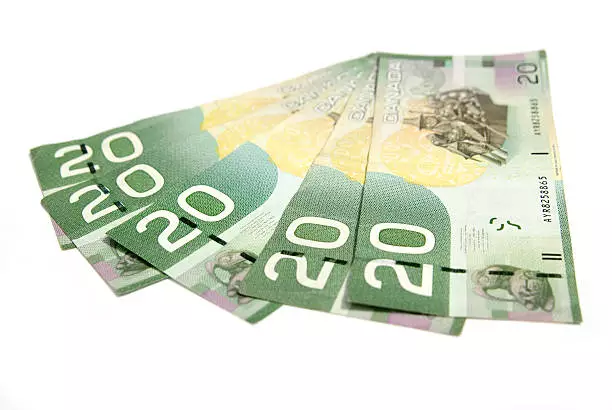The USD/CAD exchange rate has recently undergone significant changes, with a notable surge attributed to a combination of slowing oil prices and a strengthening US Dollar. In recent weeks, the currency pair has witnessed a dramatic increase of about 550 pips, a trend that reflects broader economic forces at play. Understanding these dynamics is crucial for investors and analysts alike, keen to navigate the complexities of the market.
In recent months, oil prices have grappled with numerous challenges, leading to a significant downturn. As demand forecasts continue to be downgraded, particularly due to disappointing figures from China, the ripple effect on the Canadian economy is pronounced. Given that Canada is a major oil producer, fluctuations in oil prices can heavily influence the value of the Canadian Dollar. The latest forecast adjustments from OPEC mark a concerning trend for Canada, as lower oil prices typically weaken the national currency, placing it in a vulnerable position.
The correlation between oil prices and USD/CAD is not purely theoretical. The strength of the Canadian Dollar directly reflects crude oil valuations. In light of OPEC’s recent forecast downgrades, Canadian economic resilience is under pressure, which has significant implications for USD/CAD investors.
Another crucial factor affecting USD/CAD is the changing political landscape in the United States, particularly with the anticipated return of former President Donald Trump. His administration’s policies are expected to shape monetary policy perspectives, particularly regarding interest rates. Markets are currently recalibrating expectations, predicting fewer interest rate cuts amid Trump’s potential return. As the Federal Reserve weighs its rate-cutting strategy against the backdrop of inflation concerns and renewed political conditions, the interest rate differential between the US and Canada becomes increasingly relevant.
Market participants are analyzing the ongoing dialogue surrounding anticipated cuts at the Fed and the Bank of Canada. Predictions point to around 77 basis points of cuts from the Fed and about 91 basis points from the Bank of Canada. Such discrepancies create scenarios where the Canadian Dollar faces further challenges, particularly if Trump pursues policies such as tariffs, which could exacerbate inflationary pressures.
Recent statements from the Federal Reserve, especially those from Neel Kashkari, the President of the Minneapolis Fed, highlight the central bank’s stance on inflation and economic policy. Kashkari emphasized a cautious approach, indicating that the Fed remains vigilant despite temporary inflation adjustments. This sentiment reinforces the notion that the market is still in a state of flux regarding monetary policy as Trump prepares for his return to office.
The implication for the Canadian Dollar is clear: as the Fed continues to navigate complex inflationary hurdles with its monetary policy, a tighter interest rate landscape could further increase the rate differential, disadvantaging the Canadian Dollar against the US Dollar.
Despite the volatility surrounding the currency pair, USD/CAD has recently entered a period of consolidation, oscillating within a 100 pip range. Such price stability is often a precursor to significant movements, either upward or downward. The historical behavior of USD/CAD suggests that these consolidation phases typically lead to pronounced swings in the near term.
The currency pair currently faces resistance at the critical 1.4000 level, a psychological threshold that traders watch closely. Should it surpass this barrier, the potential for further gains could open up, with resistance levels extending to around 1.4250. Conversely, immediate support resides at 1.3900, with subsequent levels at 1.3854 and 1.3793 to watch for any signs of pullback.
Amid these dynamics, the current environment presents opportunities for traders and investors looking to capitalize on expected volatility, particularly with the ever-looming presence of inflationary pressures and geopolitical factors affecting market sentiment.
The USD/CAD exchange rate is currently defined by a landscape influenced by oil prices, political shifts, and market expectations concerning interest rates. Understanding these elements helps investors anticipate future movements and strategize accordingly. As the situation evolves, stakeholders must remain alert to the interconnectedness of economic indicators and political developments, as they hold the key to navigating the complexities of the financial markets in the coming months.


Leave a Reply